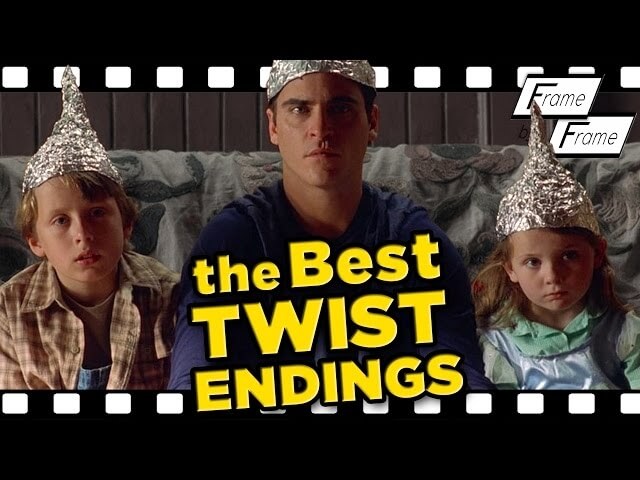A unified theory of M. Night Shyamalan twists explains why some work and others don’t

With the release of his new film Split, M. Night Shyamalan is enjoying something of a renaissance after years as a critical punching bag. Both Split and 2015’s The Visit were successful returns to the director’s roots: stylized takes on pulp films with the sort of twist endings he made, and then lost, his name on. His first film, the unexpected smash The Sixth Sense, knocked everyone’s socks off with its twist ending, a trick he repeated with his moody follow-up Unbreakable, and then attempted with decreasing success in several successive films. The qualitative nose-dive was often attributed to audiences merely expecting a surprise ending from each movie—hence his retreat into twist-free fare like The Last Airbender and After Earth—but a smart video essay from The Film Theorists attributes these failed twists to more structural purposes.
It starts by providing a framework for a good twist: that clues are buried throughout the movie, but the audience and protagonist learn the truth at the same time. While this might seem pretty rudimentary, the execution varied wildly between Shyamalan’s films, in particular The Sixth Sense, Unbreakable, and The Village. The video also uses these three movies to categorize different types of twists—identity, motivation, or setting, respectively—all of which helps provide some context for analyzing what nobody else is calling the Shyamalaissance. While executing a good twist isn’t as easy as following a formula, it does provide some structure for how Shyamalan lost (and found) the path. However, even perfect execution wouldn’t have saved The Happening from Mark Wahlberg’s performance.